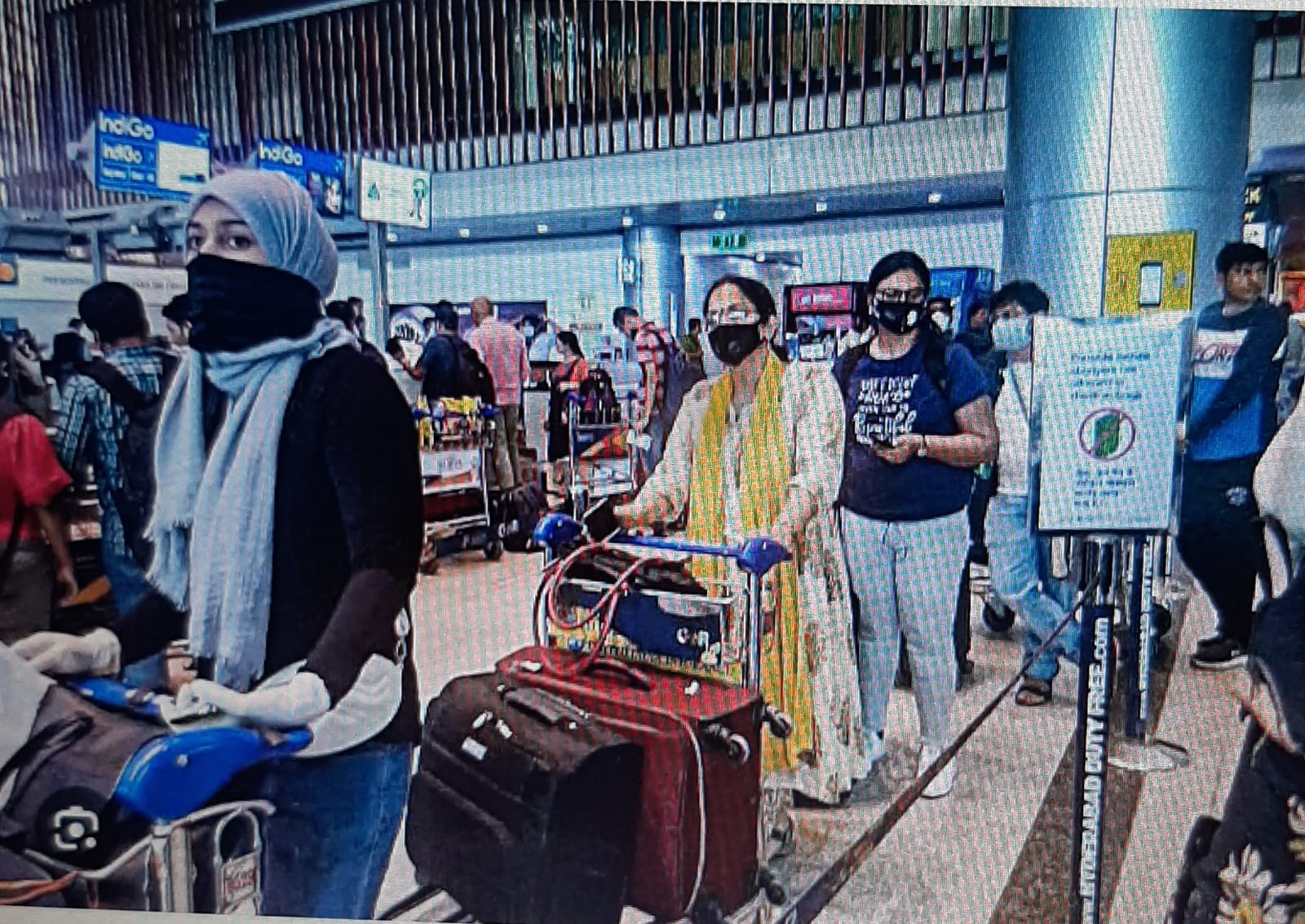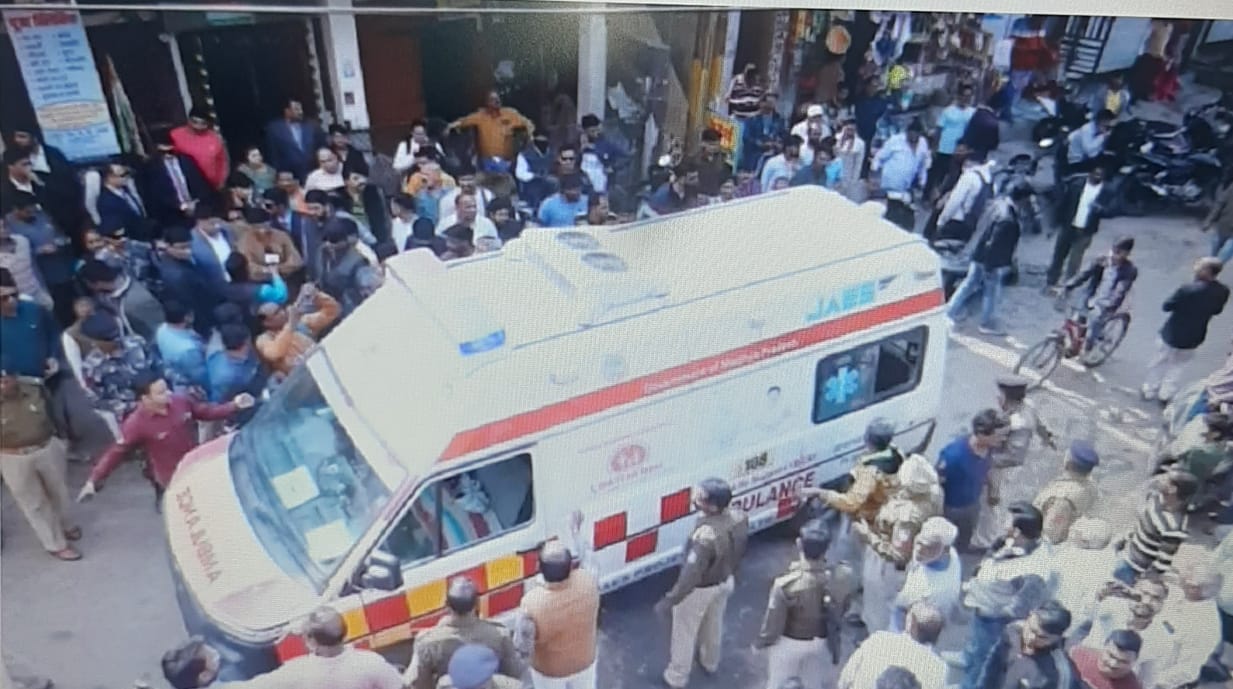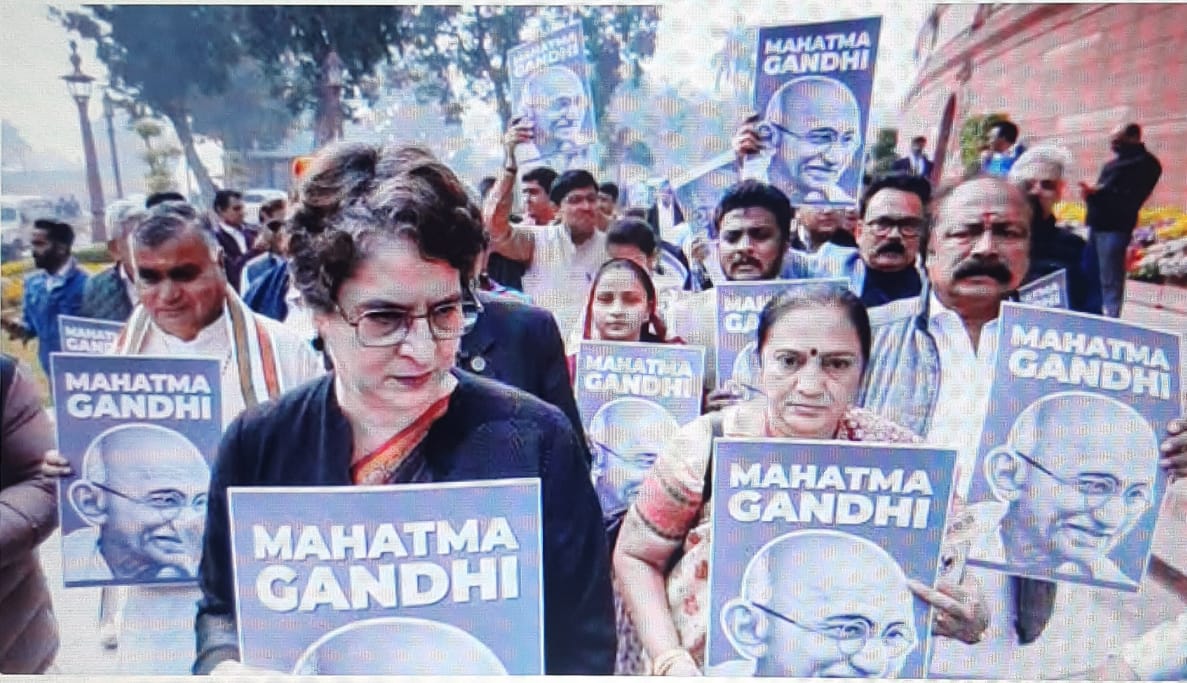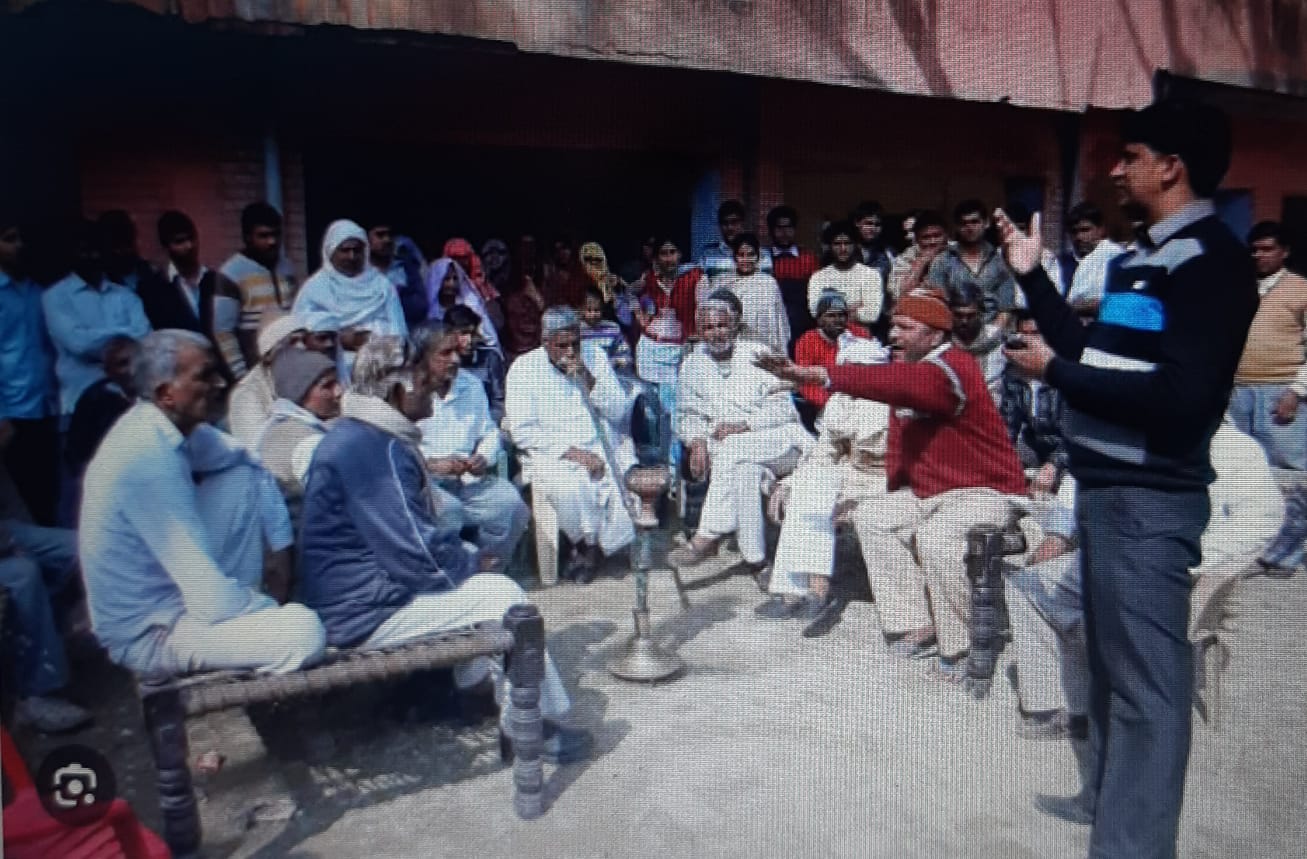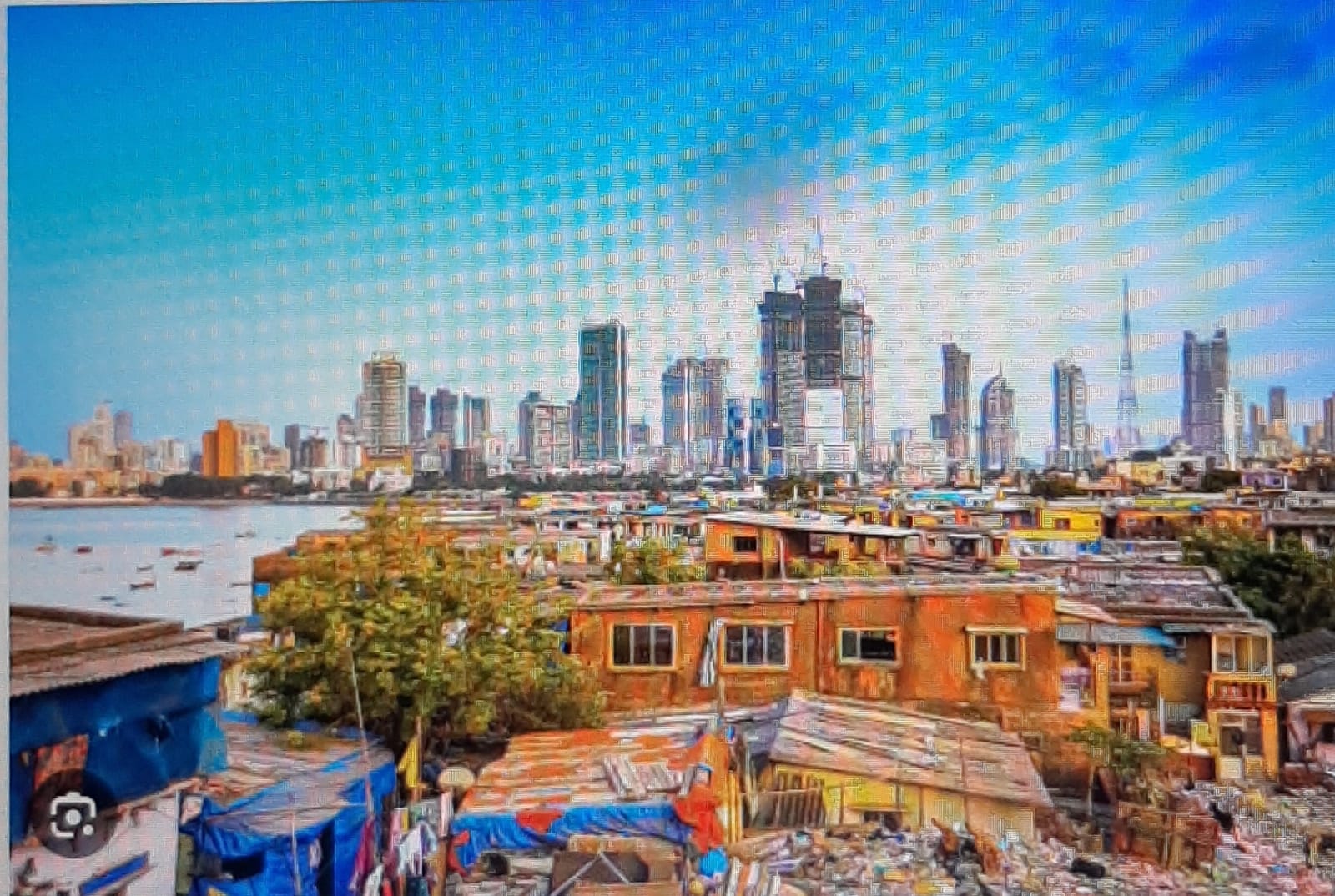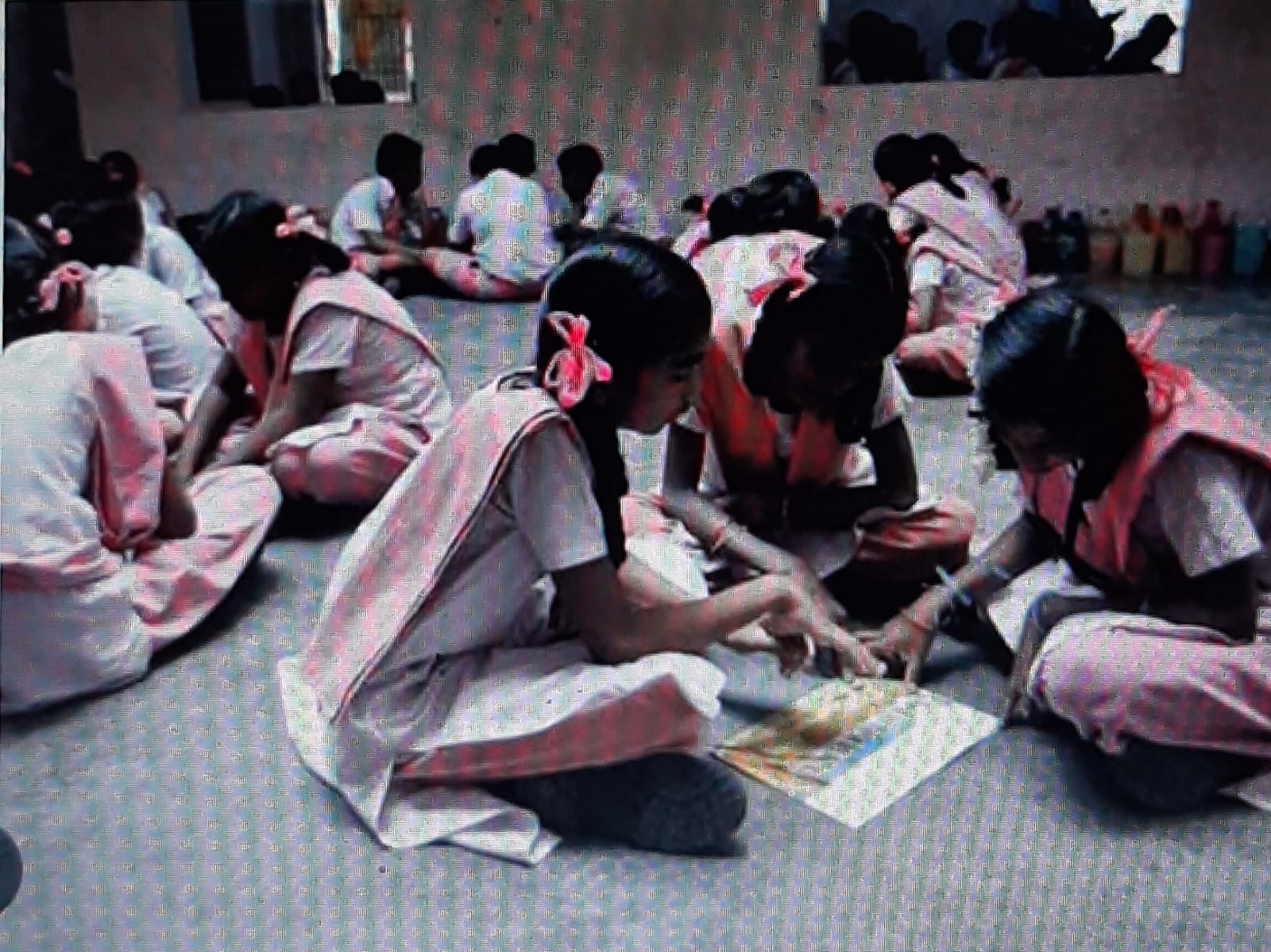
Declining student enrolment and poor attendance in Government schools owe much to the apparent lack of fixed time of schools, teacher absenteeism and apathy towards students. Parents’ belief that English medium education would provide a more remunerative future for their children is another factor in the general perception of failure of government schools, writes former IAS officer Sunil Kumar
The root cause of the failure of school education so far may be traced to the obsession with numbers and attendant physical infrastructure. The issue has been addressed from the supply side alone. In spite of the shifting focus of government policy on school education over the last few decades, it is the eliminating of the role of local governments in school education, and the creation of a state cadre of school teachers which has adversely affected the education sector. Total literacy should have been the first goal since the 1950s, but it was made a goal only in the 1980s. Thereafter it was not assiduously pursued or fulfilled. Policy emphasis was on construction of classrooms, mid-day meal kitchens, boundary walls et al. Teaching was relegated to second place, as a result. The Sarva Shiksha Abhiyaan (SSA) norms of a primary school in each habitation (population of 300 or more) and within a distance of one kilometer; and an upper primary school within a distance of 3 km, spurred a mushroom growth of schools consequently creating a huge scarcity of trained teachers. The number of primary & upper primary schools increased from about six lakh and 1.5 lakh in early 1990 to over 8.5 and 4.5 lakh respectively by 2020.
The creation of a state cadre of school teachers as government employees, placed an enormous salary burden on Government in the late 1990s. Then the ad-hoc appointing of para teachers (Shiksha Mitra) in these newly opened primary schools and then their becoming the back-bone of the education system in rural areas over the next decade coupled with the sudden crisis of these para teachers facing dismissal (once Teacher Eligibility Test was made mandatory by Union Government) introduced a new element of uncertainty in the education sector.
The aforesaid school education policy has adversely impacted the quality of school education in many ways.
First, the mushroom growth of primary and upper primary schools meant that these would operate only at sub-optimal levels. A primary school built as per SSA norm (based on Census & NFHS -V data) cannot have more than thirty students. Around 6.4 lakh (almost 50 percent) primary and upper primary schools in the country have less than 100 students enrolled with actual attendance on any given day being much less.
Second, ideally, every primary school should have at least five teachers including the Head Master, thereby ensuring the presence of at least three on any given day but the actual number of teachers is below average in remote schools and far above average in peri- urban areas.
Third, the average salary of a government school primary teacher in most States is about three times higher than that paid in private schools. This greatly increases the average cost per student to government, ranging between Rs.2000 per month in better performing schools to over Rs.5000 per month in schools having less than 30 students. This is based on the salary cost o f t e a c h e r s a l o n e s a n s o t h e r administrative costs. At this per capita expenditure level, Government could very well bear the full cost of tuition fee and transportation fee of each student in the best English Medium private school operating in rural areas.
Incidentally, about 40 to 45 percent of total primary school students are enrolled in private schools and this number is growing.
In order to correct policy focus for better school education, Government need to revisit the criteria for opening new schools to ensure optimal utilization of resources. Any Kendriya Vidyalaya or a well-equipped private school has a student strength of over 1000 in Class 1-12 and has subject-wise teachers as well as class teacher for each class. In these larger schools, classes are less likely to be affected by teacher absenteeism.
Rationalization and consolidation of schools into one large well-equipped cluster school has become necessary. These cluster schools could be designed on the pattern of KVs / Jawahar Navodaya Vidyalayas / PM SHRI (Pradhan Mantri Schools for Rising India) which boast of high quality infrastructure, innovative teaching methods and quality education in all streams.
This exercise has actually been undertaken successfully in States like Maharashtra and Odisha. For the tribal students of Sandhavgarh village, traveling to their new Panshet cluster school for the first time in a yellow school bus arranged by the Pune Zilla Parishad was a dream c o m e t r u e . H o w e v e r , Te a c h e r Associations have been lukewarm to this idea. Encouragingly however, in Odisha, a two-judge bench of the High Court v a l i d a t e d t h e S t a t e ’ s S c h o o l Rationalization and Consolidation Policy and held that if exercised judiciously, the policy announced in March 2020 did not violate the Right to Education Act 2009 or the Odisha Right to Education Rules. Recently, Allahabad High Court has also upheld the G.O. regarding merger of schools.
The teachers’ resistance seemingly stems from anxieties such as transfers far from their homes; the end of non-accountability and absenteeism; and the imperative to teach. Resistance from parents could be o n a c c o u n t o f h a v i n g t o b e a r transportation cost and fear about safety of their wards to and from school
A t r a n s p a r e n t a n d d e m o c r a t i c implementation of school rationalization and consolidation policy is the way forward. It would involve the following:
One, in consolidation for cluster schools, no school located in a remote area and not connected by all-weather roads should be closed.
Two, student enrolment, student and teacher absenteeism should be discussed in the Gram Sabha and appropriate remedial measures taken.
Three, the physical location of Cluster School should depend on good road connectivity, availability of appropriate space and scope for optimal institutional development.
Four, the rationale for larger cluster schools must be explained (using visualisation tools) in the meetings of Gram Sabha in all affected Panchayats.
Five, the Zilla Parishad/District Panchayat (like in Pune) must arrange for free and safe transportation of students to and from schools.
Six, the role and responsibility of local government must be restored in pre- school and school education. While the responsibility of maintaining and running the Anganwadis and pre-schools must devolve on the Gram Panchayat, cluster schools should ideally come under the Distrct Panchayat / Zilla Parishad with some role of Block Panchayat.
Seven, all vacated primary and upper primary school buildings and their infrastructure must be formally transferred in the name of Gram Sabha in all revenue records for use as the Gram Sabhas deem fit.
Eight, the funds for salary of teachers and other infrastructure could be transferred by the State to the Local Governments. T h e a d m i n i s t r a t i v e p o w e r s o f appointment, transfer of teachers must also be given to the District Panchayat. Officials of the Education department must be brought under the control of District Panchayat.
Nine, the local government must be formally a part of all Central or State Sponsored schemes. Their role must be clearly outlined in the Scheme Guidelines.
Ten, State Education Board should continue to make the syllabus, text books and conduct examinations. Functional and financial autonomy must be granted to the Principal of the Cluster school.
Eleven, it is high time that a Consolidated Fund of Local Government is created by amending the Constitution and they begin to receive a share of both Central and State GST. This would facilitate proper formulation of budget by the District, Block and Gram Panchayat and a system of Drawing and Disbursing Officers (DDOs) with an Accounts Section in Cluster Schools with regular audit of the accounts.
Cluster schools based on the same principle of size and economic viability as successful private schools should be opened only after obtaining the approval of Gram Sabhas. Support of parents and teachers would be forthcoming provided their concerns are duly addressed at the decision-making stage itself. Well- equipped cluster schools with dynamic principals (selected through transparent process), enjoying functional and financial autonomy, motivated teachers, energetic students and supported by local governments, hold the key to realize the objectives of NEP, 2020.
(Sunil Kumar is a visiting faculty in Gokhale Institute of Politics and Economics and a member of Pune International Centre. He is also a former civil servant. Views expressed are personal.)


